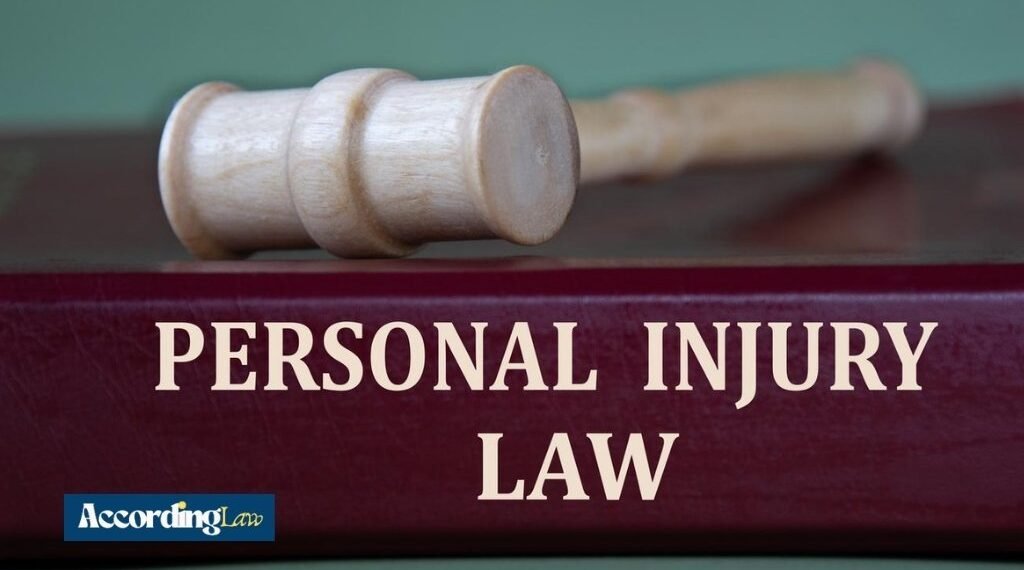The eggshell skull rule has a big impact on injury claims in Texas, making sure defendants are on the hook for all the damage they cause, even if the person they hurt already had health problems. Basically, if you injure someone, you have to take them as you find them and cover everything, no matter how unusual or severe their injuries turn out to be. This rule protects folks whose injuries get worse because of something they already had going on, so the person at fault can’t just point to the victim’s medical history and try to dodge responsibility.
Texas law uses this idea in personal injury cases so that people who are more vulnerable than average aren’t treated unfairly. Even if the injuries are worse than what you’d expect, the person who caused them is still on the line for all the costs and losses. Knowing how this works can make a real difference when you’re filing a claim and trying to get fair compensation, or just figuring out what steps to take.
If you’re thinking about a personal injury case in Texas, it’s worth reaching out to someone who knows the ropes. Folks in Houston, for example, can get help from experienced personal injury attorneys in Texas who focus on making sure these rights are protected.
Table of Contents
Application of the Eggshell Skull Rule in Texas Injury Claims
Texas personal injury law holds people responsible for the full range of harm they cause, no matter what health issues the injured person already had. This principle makes sure damages from aggravated old injuries and the effects of shared fault are considered in these cases.
How Texas Law Defines the Eggshell Skull Rule
In Texas, the eggshell skull rule means if you hurt someone, you’re stuck with them as they are, physically or mentally. You can’t escape liability just because the injuries ended up being worse due to something that was already wrong. Courts in Texas use this standard in car accidents and all sorts of other tort claims.
The Texas Pattern Jury Charge PJC 28.6 spells it out for jurors, compensation should be based on the actual injuries, without knocking off anything for pre-existing problems. So, if someone’s more fragile, that doesn’t get the defendant off the hook for paying up.
Role of Pre-Existing Conditions and Injuries
Pre-existing conditions are just previous injuries or health issues that make someone easier to hurt. Under Texas law, these don’t shrink the at-fault party’s responsibility. If the accident makes an old injury worse, the injured person can go after full damages for everything that happened as a result, including medical bills and pain.
Insurance companies love to try and minimize claims by digging up your past health issues, but Texas law doesn’t let them use that as an excuse. The main thing is whether the accident made things worse, no matter how fragile you were to begin with. It’s one way the law looks out for people with existing health challenges.
Proving Aggravation of Pre-Existing Conditions
If you want to get compensated for a pre-existing condition that got worse, you have to show clear proof that the new harm is tied to the accident. Medical records and professional opinions are key to showing both the connection and how much worse things got.
It helps to have doctors on your side who are willing to explain in detail how the incident made things worse. Judges and juries look at this kind of evidence to figure out what’s fair. Without it, you might not get much, or anything at all, for the added harm.
Comparative Negligence and Apportionment of Damages
Texas uses a shared fault system called proportionate responsibility. If you were partly to blame for your own injury, your compensation gets reduced by your percentage of fault, even if you had pre-existing conditions involved.
Say you’re found 30% at fault; your damages drop by that much. But if you’re 51% or more at fault, you don’t get anything under Texas law. That’s why it’s so important to document exactly what the other party did wrong, especially when your own vulnerabilities are in the mix.
Challenges and Considerations for Eggshell Skull Rule Claims
Eggshell skull rule claims have their own set of headaches, pushback from insurance companies, the need for airtight medical records, tricky medical histories, and the real value of having a pro in your corner.
Insurance Company Tactics and Defenses
Insurance companies often look for ways to pay less, especially when pre-existing conditions are involved. They might argue that your fragile health—not the accident—caused or worsened your injuries.
They’ll dig through your medical history, sometimes looking for anything unrelated to the accident to try to limit their payout. You might also run into delays or fights over whether emotional injuries like anxiety or PTSD are real or related to the incident.
If you’re making a claim, expect to be asked for lots of documentation and be ready for attempts to shift blame. It’s all part of their playbook to avoid paying for things like steep medical bills or pain and suffering.
Importance of Medical Documentation and Professional Testimony
Having strong, detailed medical records is huge when you’re trying to connect a pre-existing condition to a new injury. If you’ve got something like brittle bone syndrome or degenerative disc disease, MRIs and doctors’ notes can make or break your case.
Doctors who can clearly explain how the accident made things worse, whether it’s arthritis, an old injury, or even emotional stuff like depression—are really valuable. Their insights help show the full scope of what you’re dealing with.
Without solid documentation and professional support, your claim could get lowballed or tossed out. This evidence is what backs up your need for treatment and fair compensation.
Common Conditions Impacted by the Rule
Certain health conditions come up a lot in eggshell skull claims. Physical problems like brittle bones, arthritis, and disc issues can make injuries from car accidents or falls way worse.
Emotional conditions, like anxiety, depression, or PTSD, can also flare up after an accident. These are tough in personal injury cases since you have to prove the incident actually made your mental health worse.
Recognizing these conditions is important if you want to make sure people aren’t shortchanged just because their health made them more vulnerable. It’s about seeing the whole picture, not just the obvious injuries.
Securing Legal Representation for Injury Victims
Getting a knowledgeable personal injury lawyer on your side can make a real difference when you’re up against insurance companies that don’t exactly want to pay out. Attorneys who’ve dealt with eggshell plaintiff rule cases know how to dig up the right medical records and get practitioner statements that actually hold water.
They’re good at making sense of complicated medical evidence and aren’t afraid to push back when insurers try their usual tricks. Having a lawyer means you’re not left guessing whether you’ll get full coverage for your medical bills or fair compensation for everything you’ve been through, physically and emotionally.
These attorneys also help you keep track of ongoing symptoms and treatments, which can really help your case if you’re dealing with long-term effects. With someone experienced guiding you through the claim process, you’re less likely to miss something important or get shortchanged by the system.


